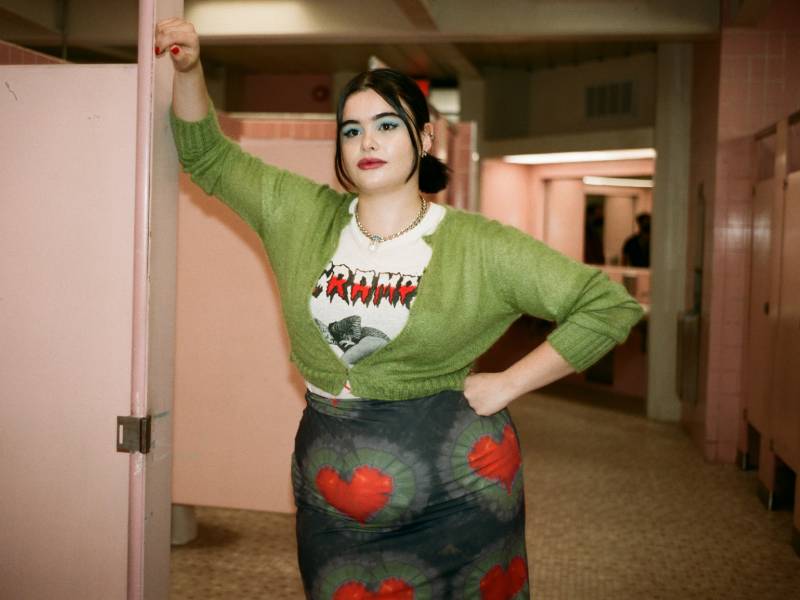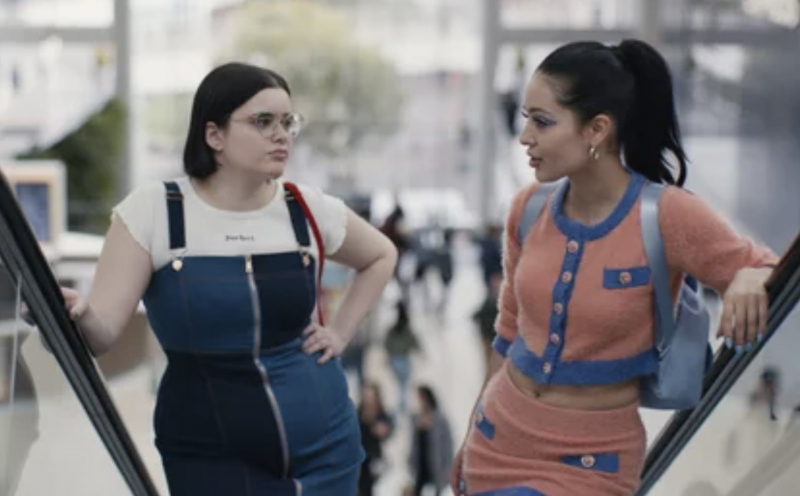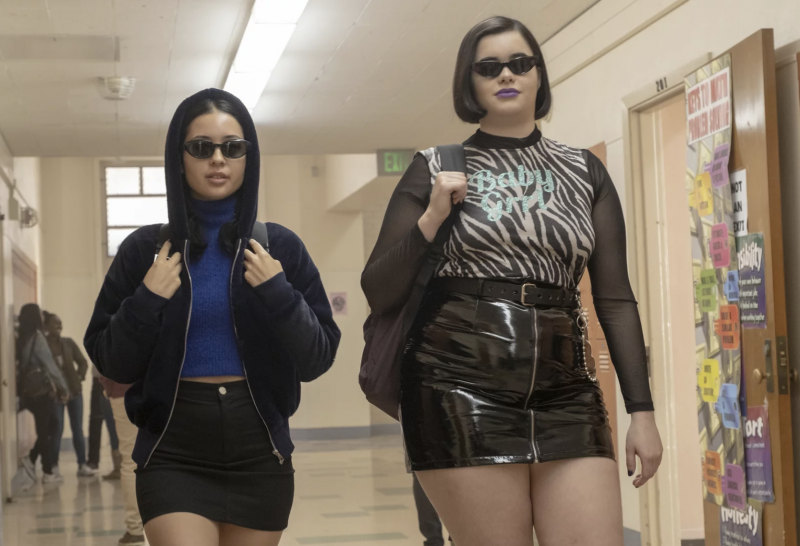Some recent fashion trends make sense. Take what’s currently being called the Y2K aesthetic of wide-leg jeans, aggressive pink and metallic fabrics—a throwback to style sensibilities of the late ’90s and early 2000s.
Fashion moves in twenty year cycles, or so conventional wisdom has it, when tastemakers get nostalgic for their childhoods. For example, 1970s pop culture, resurrected the 1950s in the form of TV shows Happy Days and M*A*S*H and the musical Grease. And twenty years after that, the 1990s witnessed a return to 1970s-style singer-songwriters, such as Juliana Hatfield and PJ Harvey, and an era-defining cover of Cat Stevens’ 1971 song “Peace Train.”

But the nostalgia loop has sped up. “So much faster than twenty years,” says Rebecca Jennings, a senior correspondent for Vox who covers internet culture . Jennings points to TikTok videos nostalgic for makeup trends dating all the way back to… 2016, when makeup artist Mario Dedivanovic was busy breaking the internet by contouring Kim Kardashian’s cheekbones and dramatically boxing her brows. Or look, Jennings says, to last year’s much-hyped vogue for wired headsets, a vintage accessory dating all the way back to before the advent of wireless ear buds—around 2015.
“When the kids on the internet are talking about like 2014core or tumblr fashion, what they’re talking about is the stuff that semi-alternative kids were lusting over at that time,” Jennings explains. Stuff like Lana Del Rey, Arctic Monkeys and tiny, Lolita-esque tennis skirts, all of which can be found in abundance on HBO’s hit Euphoria.

Watching the show, Alysha Cassis-Shaw wondered, “What year are we in? 2000? 2005?” The owner of the Oakland-based vintage brand called Neutral Ground describes Euphoria‘s style as bewitching but disorienting: it borrows from the style of early ’90s Paris Hilton and Britney Spears to the ubiquitous Peter Pan collars of 2009 to the high waisted pants that were in until, well, very recently—and already may be making a comeback.

“These are contemporary kids using a hodgepodge of styles,” Cassis-Shaw says. You don’t have to have a lot of money, she notes, to shop from resale outlets like ThredUp, stuffed with two decades of fast fashion cycling in and out of style, all of which can be studied on Instagram. And when you can so easily consume “vintage” clothes from H&M or Delia’s, the ingredients are in place for what writer Allison P. Davis memorably called a “vibe shift” in a recent article for New York magazine. Normal rhythms of trends and style get scrambled by the hectic churn of social media.

9(MDAxOTAwOTE4MDEyMTkxMDAzNjczZDljZA004))

